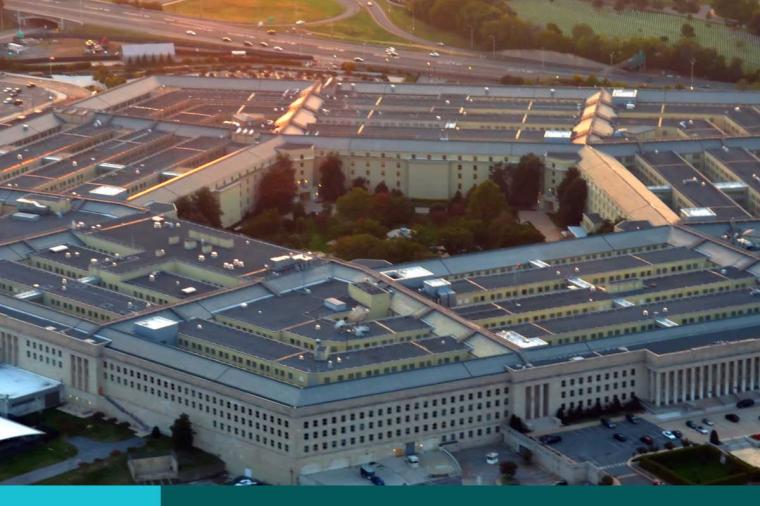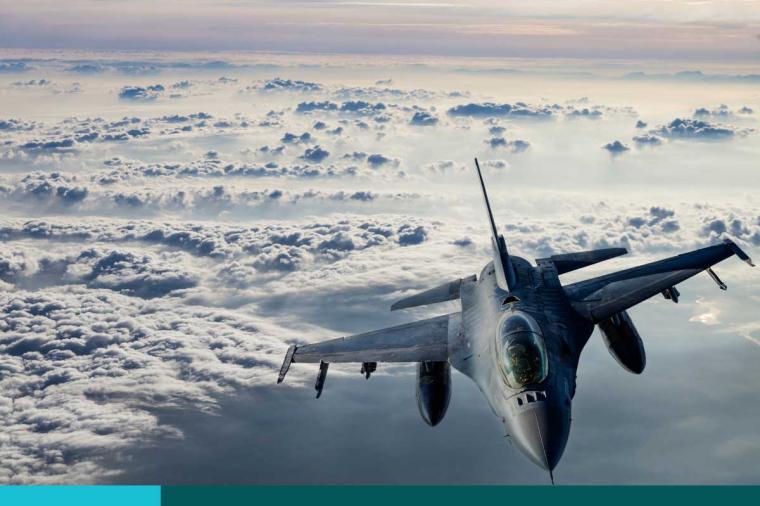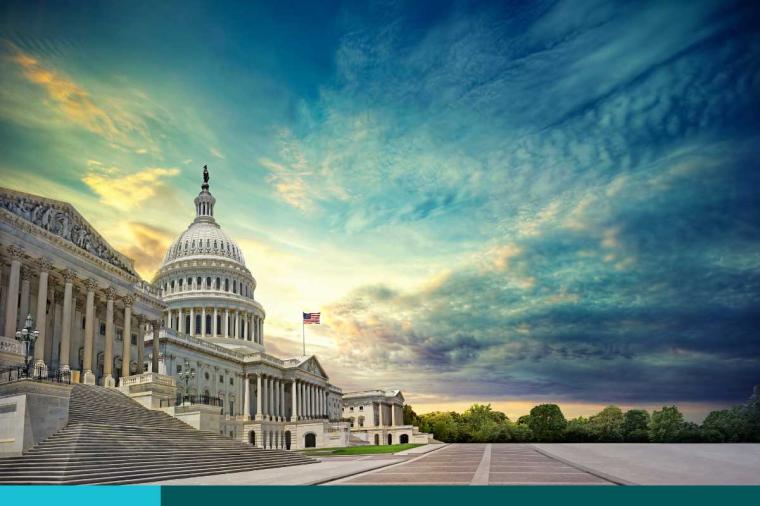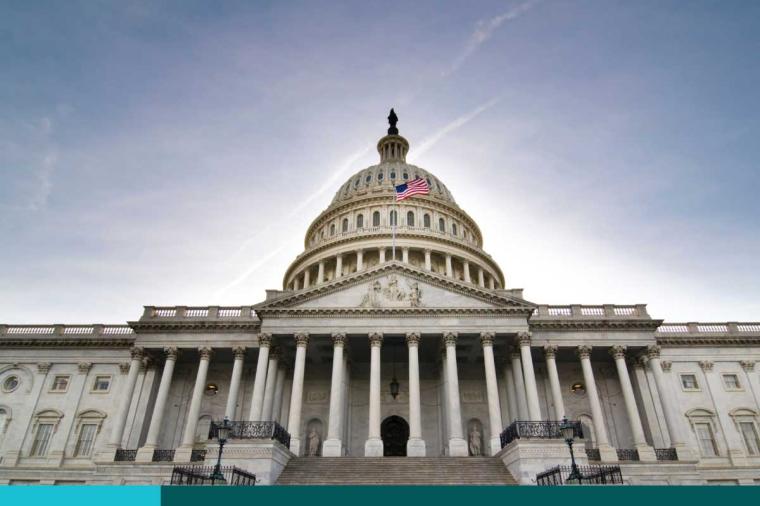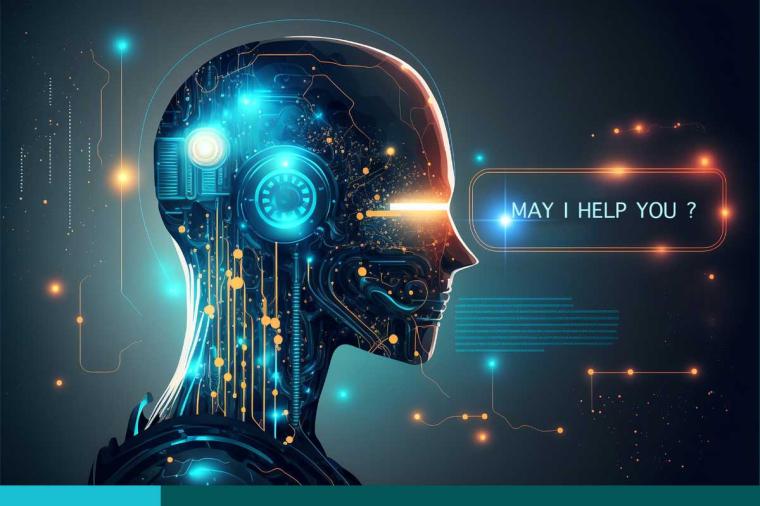The Government Has a Low-Tech Image Problem. Low-Code Can Fix It, Part 2

You can spend hours scrolling down the rabbit hole of government IT horror stories, which makes the recent launch of the federal website for ordering free COVID tests that much more remarkable. The website worked, and it was surprisingly easy to use. But that success belies decades of underinvestment in digital transformation that has stifled public sector innovation and hardened the government's low-tech image. For example:
- 80% of the federal government’s most critical legacy IT systems don't have full modernization plans.
- 98% of federal workers doubt their agency has the capability to execute its digital strategy in the next 12 months.
- 51% of federal workers rank cultural resistance as a top reason for digital transformation failure.
- 93% error rate for flagging fraud in a midwest state’s unemployment system.
But the future of digital transformation in government isn’t all doom and gloom. No one knows for sure how IT modernization will play out at federal agencies. But research indicates low-code platforms will be one of the factors at play for 78% of agency leaders who need to retool to build and deploy mission critical applications faster.
With low-code, the use-case possibilities for accelerating federal IT modernization are practically endless. Which brings us to the final installment of our two-part interview with ICF technologists and low-code experts Sergey Trosman and Jake Buikema. For the record, Trosman and Buikema serve as Chief Technology Officer and Senior Vice President, Strategic Growth respectively at ICF, a billion dollar low-code implementation powerhouse with several decades of public sector experience.
Stay tuned as our protagonists riff on the challenges of implementing low-code, scoring early wins to build trust, and accelerating digital transformation at massive federal agencies like the Food and Drug Administration and Centers for Medicare & Medicaid. The questions have been edited for brevity and clarity. Enough said. Roll the tape.
Appian:
There are so many stories in the blogosphere about the rise of automation, exploding application demand, and the mainstreaming of citizen developers. I wonder what you make of the citizen developer trend as part of the digital transformation story?
Trosman:
If you take the citizen developer approach, you still need guardrails and governance to be set up by someone who understands the engineering life cycle of the technology involved. It may not entail a complete engineering lifecycle with coders, but you still need quality-control mechanisms. The challenge is how do you make change? How do you promote change? And how do you validate that change? Citizen development has benefits. But change can’t be made in isolation.
Citizen development can be very effective with an engineering approach that says: ‘here are the boundaries to make change and validate it.
And here are the best practices around how you should make those changes.’ So, it's not completely about just making one-off changes under the hood (platform). If you don’t put systems engineering or solution architecture behind it, citizen development becomes more of a problem down the road.
Appian:
Isolated and disconnected digital transformation is a problem in the business world too. So, what’s the playbook for solving it?
Trosman:
Digital transformation is a big thing to try and bite off. And I don't think many agencies and their technology partners are able to reap all of the benefits advertised in the broader marketing space. As you pointed out, the scope (of transformation) tends to get narrowed down in actual implementation. So, trying to change an agency’s siloed approach toward digital transformation is difficult. And it’s not getting any easier.
The more you open the aperture, the more resistance is encountered and the more complexity you create.
The key to solving the silo problem is having a diverse digital toolkit and corresponding methodology with implementation pillars that align with what an agency needs to achieve its mission.
In a digital toolkit, low-code can serve as an agent of change by scoring early wins and demonstrating the capability to sustain digital transformation across the enterprise. We have all seen cases where digital transformation did not pan out. But a low-code platform is a tool that allows you to deploy solutions quickly and immediately show value and ROI with executives and empower stakeholders who use the systems to support the agency’s mission. This makes it easier to get aligned with people in the organization as you expand the scope of your digital transformation process.
Appian:
That’s a good breakdown of how low-code can help with the change management aspect of digital transformation. It’s also a good segue to talk about the biggest takeaways from a new federal digital transformation report ICF recently published. Buikema, which takeaways would you highlight from the report?
Buikema:
I think the biggest surprise in the report was that 80% of surveyed government employees think they’ll never have enough talent to fully implement their agency’s digital transformation goal. When you combine that with COVID-19 and the ‘great resignation’, you have a huge challenge. I think that challenge also factors directly into the fact that 95% of federal employees agree it is more critical to adopt low-/no-code solutions than ever before.
Appian:
Trosman, how about you? Anything to add to Buikema’s perspective?
Trosman:
I would add the hard thing about digital transformation is not the technology. Technology is the easy part. The challenge is in getting people engaged for change.
It’s about leadership—the ability to influence the direction and the pace of technology adoption, process re-engineering and the resulting digital transformation. It's about aligning the organization to some new visionary baseline where transformational change and technology just follow.
It’s more important to select the right partner, and position and empower the right leadership on the ground and maintain support for doing the heavy lift of digital transformation. These things matter more than technology on its own.
Appian:
To wrap things up, look out over the horizon into 2022 and beyond. What big trends are on your radar? Which technologies are you focusing on in the federal space?
Trosman:
From a technology perspective, we’re focused on artificial intelligence (AI) and its underlying technologies of machine learning, natural language processing and the rest. I also expect to see some use cases around virtual or augmented reality gaining ground. This composition of emerging technology is another part of the adaptability and applicability of the low-code platform.
And this is critical because when you deploy low-code platforms, it often involves use cases for machine learning scenarios and integrations with open source or other plugin products that support intelligent automation.
Cloud-native capability is critical as well. The expansion and adoption of cloud-managed services and everything else that is available for interaction with a low-code solution are on my radar. This covers capabilities around data—specifically advanced data pipelines and analytics and other cloud-native functionality. Using other features in the cloud to meet agency requirements is going to be critical in the future as an essential part of any comprehensive low-code solution.
Buikema:
I want to piggyback on what Trosman said. Simply said, the challenge for IT organizations and agencies is to enable the end-user to deliver higher quality outcomes. That doesn't necessarily mean that a special agent doing an investigation out in the field is going to be writing code.
But if a low-code platform helps that user benefit from accelerating how fast a new application or update can be deployed, they're far more likely to support it. I think that once end-users realize how quickly low-code allows you to make updates and improvements to the legacy systems they're already using, the more they’re going to embrace it.
This is the intersection of mission and technology. In my mind, that's the power of building systems on a low-code platform.
If you missed Part 1 you can check it out here.
